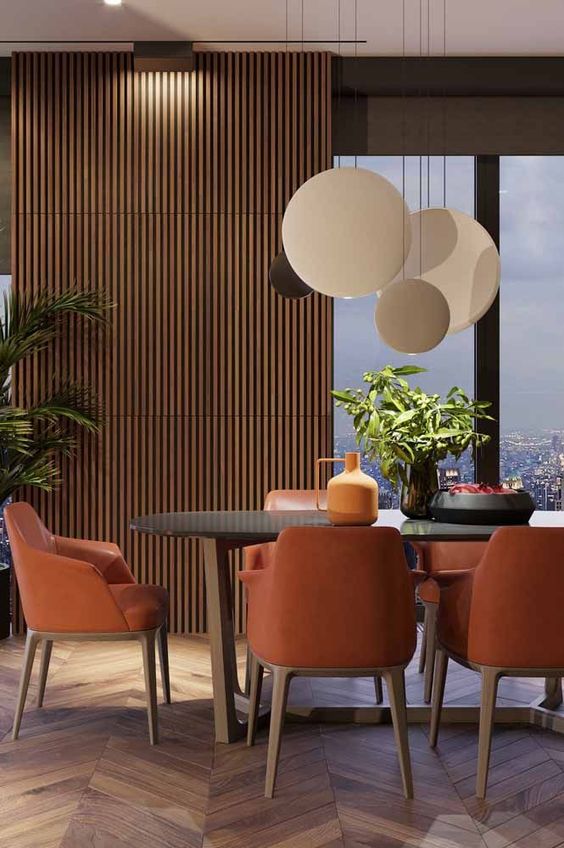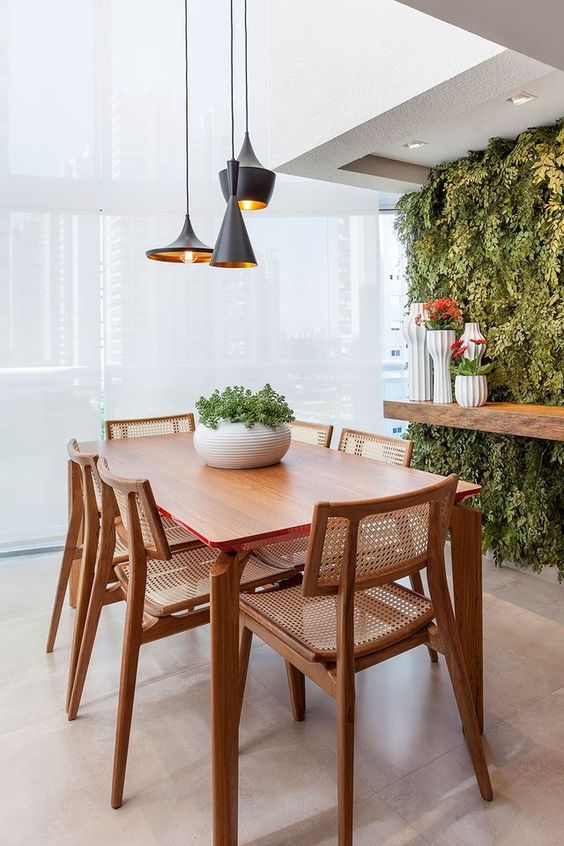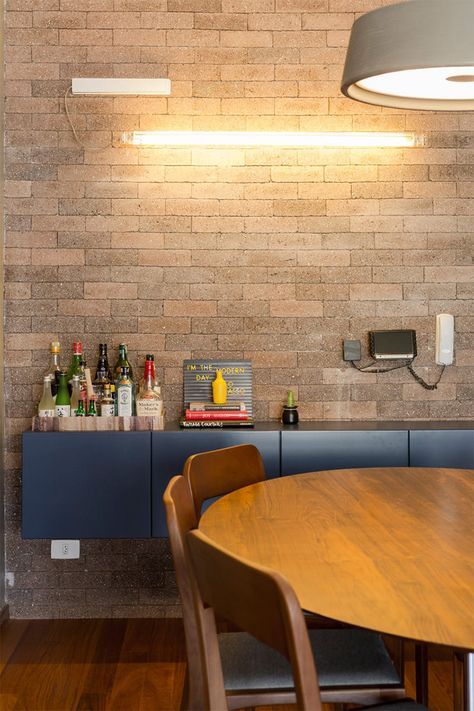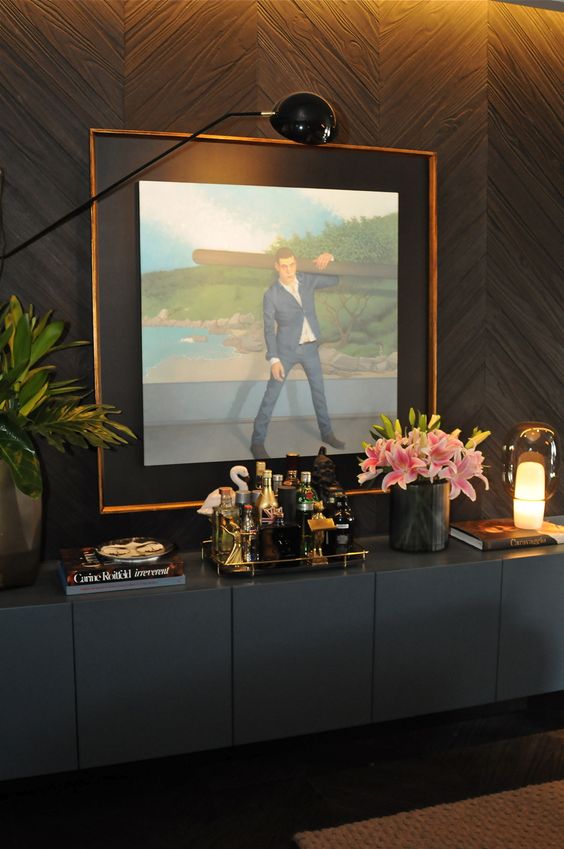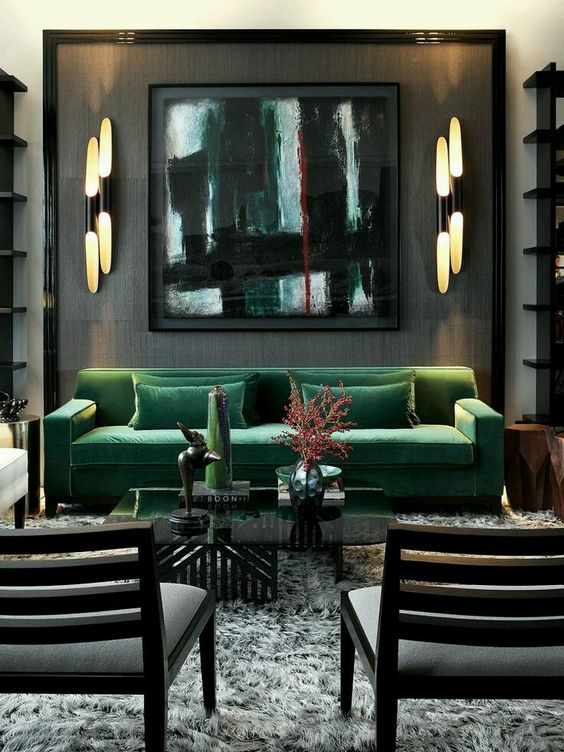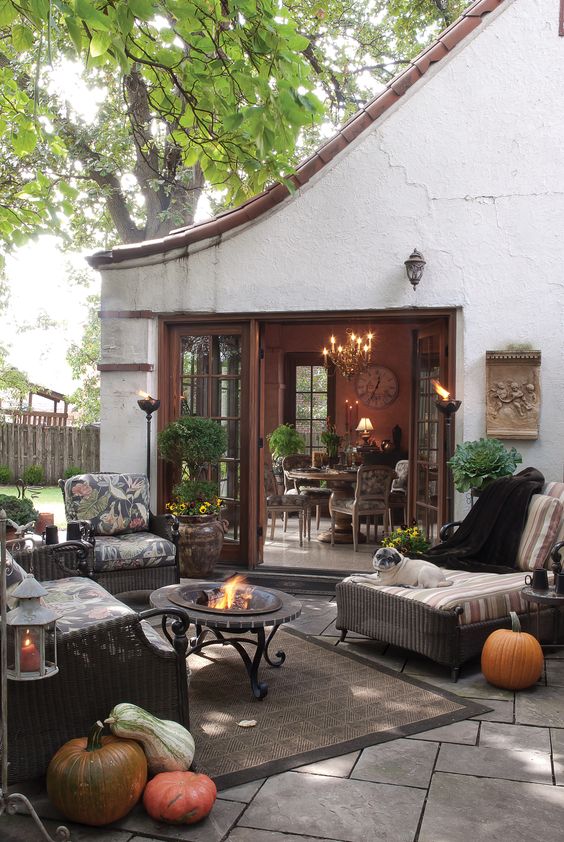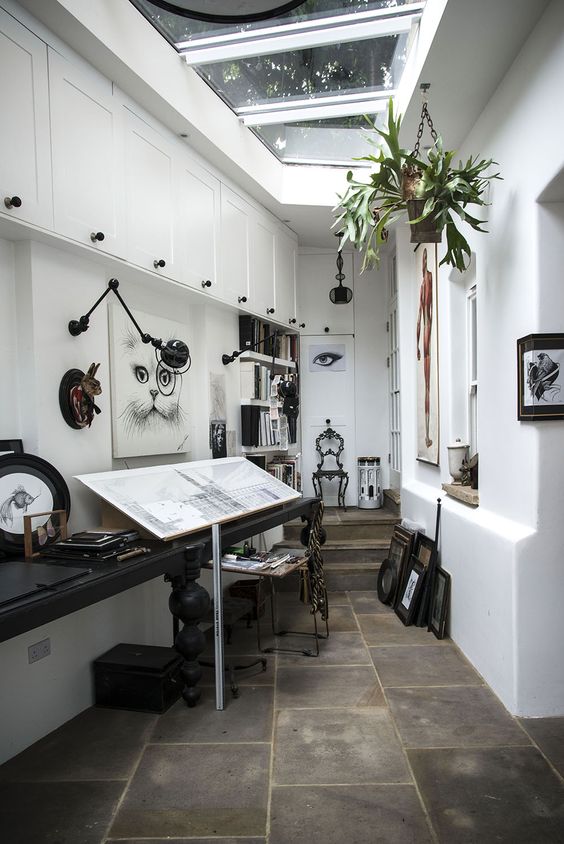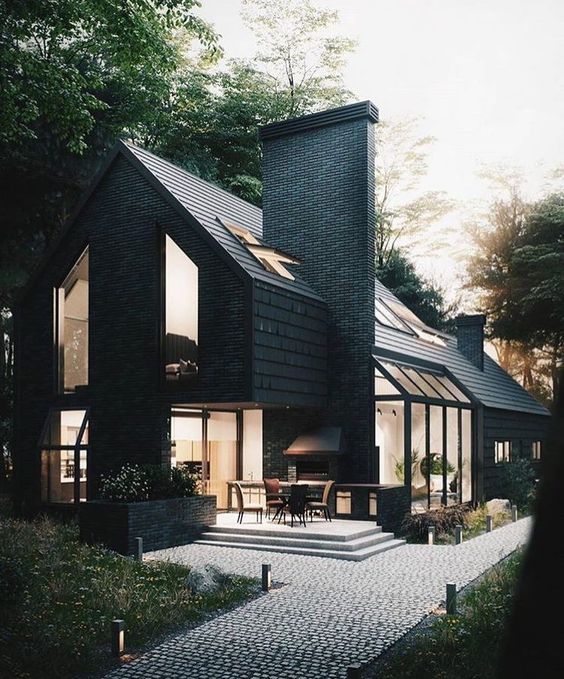Using Layered Lighting to Improve Your Home’s Appeal
Home lighting is one of the most ignored home design aspects, and when done properly it can revolutionize the overall appeal of your home. Not only does lighting compliment other design elements, but it also helps to accentuate certain parts of your interior design. However, no single lighting solution can be enough to provide all your lighting needs.
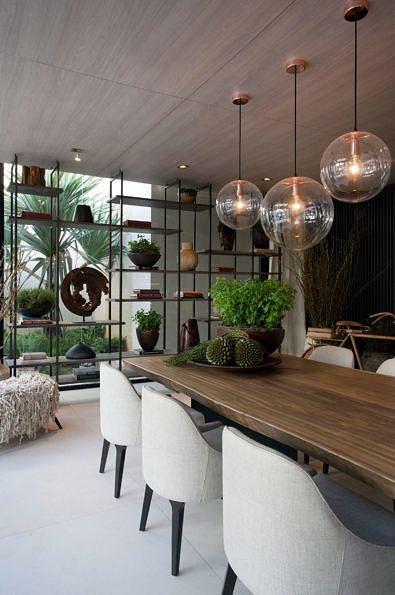
By layering your home lighting in the right way, you can get to collaborate both the design and functionality of your home and increase its visual appeal and resale value. The right choice will also help set the mood in your rooms, making it easy to transition a space from a working area to a room where you can relax with friends and family.
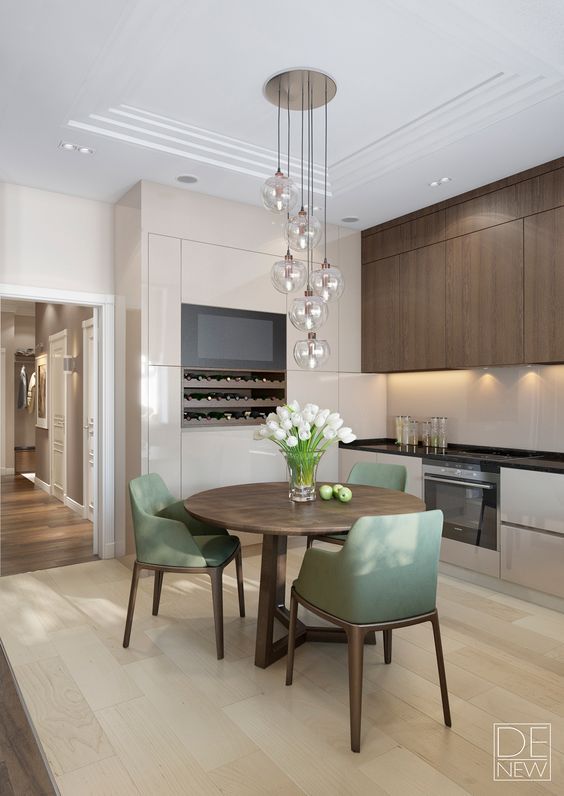
Read on to learn more about using layered lighting to improve your home’s appeal:
What Is Layering Light?
Layering light is all about combining different types of light in one room to come up with the desired effect. For instance, combining both ceiling lights and accent lights will work to eliminate shadows within your home while illuminating your top design focal points. This effect can be observed in churches where they mix lamp lights with candles to create a serene environment for worshiping.
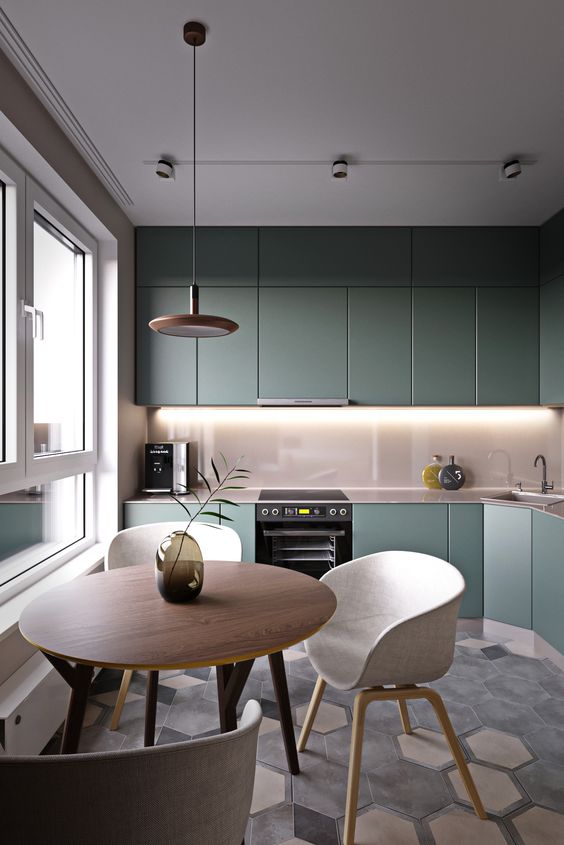
When used in the home environment, it has the potential to add a layer of personality to your design choices. You will, however, typically need to combine the three different lighting aspects which include ambient, accent and task lighting. Here is what the three options have to deal with:
- Ambient Lighting
Ambient lighting is typically general and glare-free lighting whose main purpose is to allow you to see through your room. While you can get enough of it from sunlight, you can artificially introduce it into your room through ceiling, floor or wall lighting. Unlike normal light, ambient light is mainly measured in lumens as this is the measure of visible light from a light source.
To achieve maximum ambient light in your home, ensure that you have at least 20 lumens of light. You can get this light into your rooms by using chandeliers, pendants, flush mounts, coves or even wall sconces. Once you have adequate ambient lighting, you can then use other lighting layers to eliminate shadows.
- Task Lighting
Some tasks require a lot of focus and cannot be adequately performed by using ambient light alone. For instance, tasks such as chopping vegetables or even working on a business project will all need their own dedicated light source, and task lighting can help with this. Task lighting simply caters to the functionality of your home.
It is used in kitchen cabinets to help identify cooking tools and in the bathroom to help illuminate the shower. While a combination of both ambient and task lighting is enough, it might not be as eye-catching as you would like, which makes using accent lighting a good option.
- Accent Lighting
Areas such as paintings and other accent design elements often need to be emphasized more for them to stand out from the other design elements in your home. This is where accent lighting comes in as it helps to bring out the best parts of your home. The kind of light you choose should be at least three times brighter than your ambient light to make the most impact. Common sources of accent light include wall sconces, picture lights, recessed lighting, and monorails.
Considerations for Combining the Design Elements
Your light bulb choice will have a pivotal role to play when it comes to achieving the right light layering. You need to choose a bulb that matches the cool and warm color temperatures that you want in your home. Once you have bulbs that can help you achieve the right amount of color temperatures, you should invest in a light control system for adjusting the mood of your rooms. A system that has a central control device with preset lighting moods will make achieving the right atmosphere a breeze.
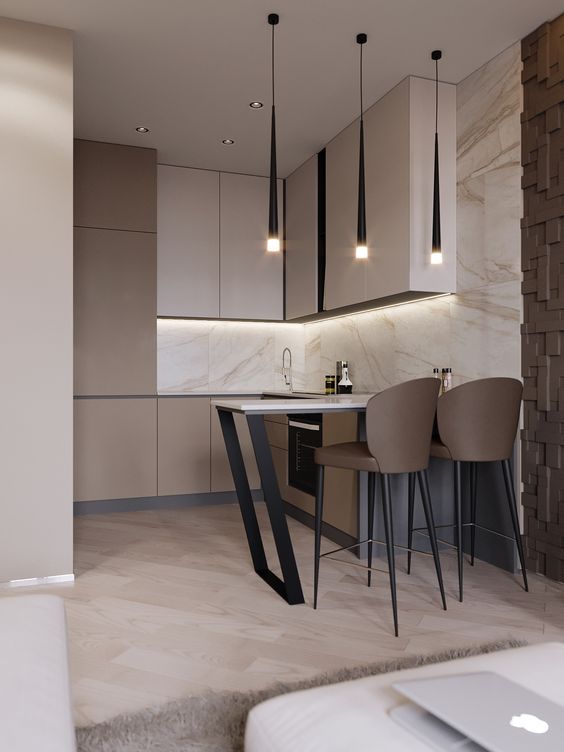
Conclusion
Your success in using layered lighting in your home depends on how well you understand your home. Once you find the best spots to place accent lights and task lights, the overall effect will look even more inviting. Work with the above guidelines to revamp your home’s design.

